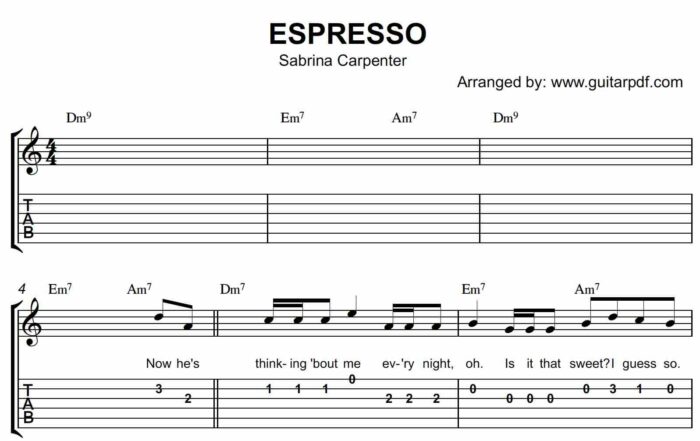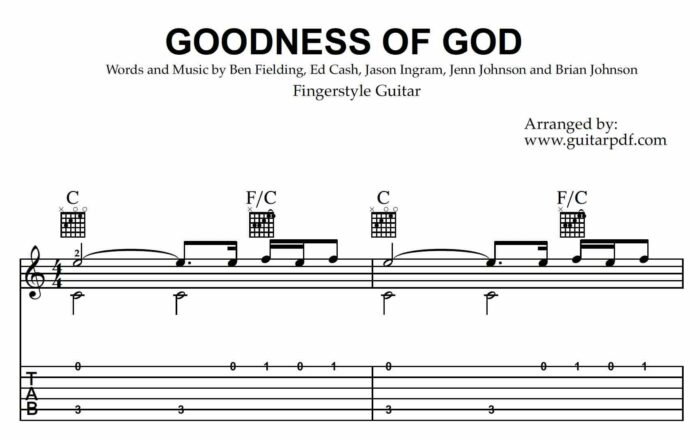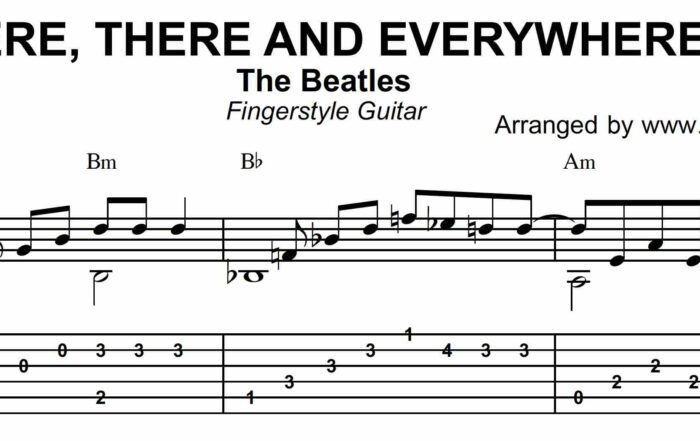Mastering Pentatonic Licks: A Beginner’s Guide
If you’re new to guitar or looking to expand your playing skills, mastering pentatonic licks is a great place to start. The pentatonic scale is a fundamental building block in many genres, from rock and blues to country and jazz. This guide will walk you through the basics of pentatonic licks and offer some tips to help you incorporate them into your playing.
Understanding the Pentatonic Scale
The pentatonic scale is a five-note scale that’s simple yet incredibly versatile. It’s called “penta” because it consists of five notes. There are two main types: the major pentatonic and the minor pentatonic.
- Major Pentatonic Scale: This scale has a bright, uplifting sound and is derived from the major scale by omitting the fourth and seventh degrees. For example, the C major pentatonic scale consists of the notes C, D, E, G, and A.
- Minor Pentatonic Scale: This scale has a more somber, bluesy tone and is derived from the natural minor scale by omitting the second and sixth degrees. For example, the A minor pentatonic scale consists of the notes A, C, D, E, and G.
Getting Started with Pentatonic Licks
Pentatonic licks are short, memorable phrases or riffs that utilize the notes of the pentatonic scale. They’re a staple in guitar solos and can help you develop your improvisational skills. Here are some steps to get you started:
1. Learn the Pentatonic Scale Patterns
Before diving into licks, it’s crucial to be familiar with the scale patterns on the fretboard. Start by learning the five common pentatonic scale shapes in various positions. Practice these shapes until you can play them fluidly in different keys.
2. Start with Simple Licks
Begin with simple licks that focus on a few notes from the scale. Practice these slowly, ensuring that each note is clear and articulated. As you become more comfortable, gradually increase the tempo.
Example of a simple A minor pentatonic lick:
e|------------------------5-8-|
B|------------------5-8--------|
G|------------5-7---------------|
D|--------5-7--------------------|
A|--5-7--------------------------|
E|-------------------------------|
3. Incorporate Techniques
To add flavor to your licks, incorporate techniques such as bends, slides, hammer-ons, and pull-offs. These techniques help create a more expressive sound and can make your playing more dynamic.
- Bends: Bend a note to reach a higher pitch. This technique adds emotional depth to your licks.
- Slides: Slide between notes to create smooth transitions and connect phrases.
- Hammer-Ons/Pull-Offs: Use these to play faster and more fluidly, enhancing the overall feel of your licks.
4. Practice with Backing Tracks
Playing along with backing tracks can help you apply your pentatonic licks in a musical context. Find backing tracks in different styles and practice improvising over them. This will improve your timing and help you understand how licks fit within a chord progression.
5. Experiment and Create
Once you’re comfortable with basic licks, start experimenting. Combine different techniques and scale patterns to create your own unique licks. The more you experiment, the more you’ll develop your own style and sound.
Common Pitfalls and Tips
- Overusing Licks: While it’s great to have a repertoire of licks, avoid overusing them. Aim for originality and personal expression.
- Lack of Rhythm: Focus on timing and rhythm. Even the best lick can sound awkward if it’s not played in time.
- Neglecting Music Theory: Understanding the theory behind pentatonic scales and how they fit into different keys can enhance your playing and improvisation skills.
Conclusion
Mastering pentatonic licks is an essential part of becoming a versatile and expressive guitarist. By learning the scale patterns, practicing simple licks, incorporating techniques, and experimenting creatively, you’ll be well on your way to adding depth and flair to your playing. Keep practicing, stay curious, and most importantly, have fun with your guitar journey!







